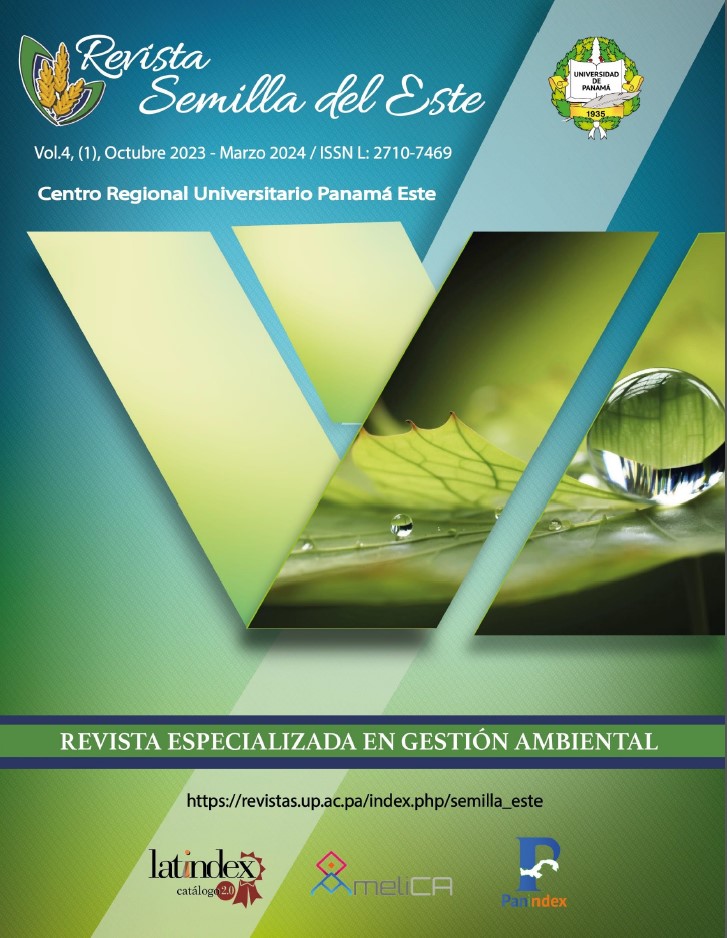


This work is licensed under a Creative Commons Attribution-NonCommercial-ShareAlike 4.0 International License.
In the Center for the Production of Minor Species of the Technical University of Babahoyo
- Ecuador, the effect of three tropical grasses Pennisetum sp (T1) was evaluated; Panicum maximum (T2), Pennisetum Purpureum (T3), as a dietary component of guinea pigs (Cavia porcellus) in the Breeding, Rearing and Finishing stage for 12 weeks, 45 weaned animals were produced, distributed in three treatments with three repetitions and 5 units. experimental each; Productive Behavior was evaluated, distributed under a Completely Random Design (DCA), the experimental results obtained were subjected to an Analysis of Variance for the differences (ADEVA), and Separation of Means according to Tukey at the significance levels of (P ? 0.05 and P ? 0.01). The results indicate that the best feed conversion was obtained with T2:7.34, making it more efficient, however, with T1 the best results were achieved for the variables final weight 1201.04 (g); weight gain 826.6 (g); carcass weight 769.22 (g); carcass yield 64.04 (%); consumption of green fodder 4618.64(g); concentrate consumption 2016.35 (g); total consumption 6,634.99(g) and a Benefit/Cost of 1.99, sufficient reasons to be considered as a food within the production of guinea pigs in the tropics; Among some of the advantages of rearing in cages is the greater use of covered area, as well as ease of cleaning, less food waste and greater sanitary control.